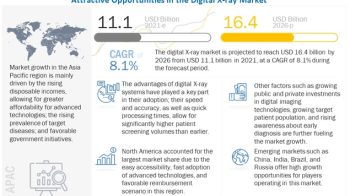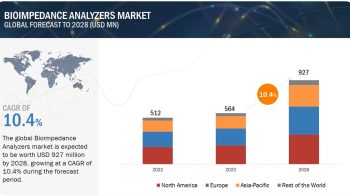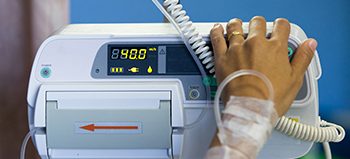According to the new market research report, “Neurovascular Devices Market by Product (Embolization(Coil, Flow Diverter), Stents, Balloon Occlusion Devices, Clot Retrievers, Microcatheters), Pathology (Stroke, Aneurysm, CAS, AVM) User (Hospital, ASC) – Global Forecasts to 2026″, size is expected to grow from an estimated USD 2.5 billion in 2021 to USD 3.8 billion by 2026, at a CAGR of 8.6%.
Download PDF Brochure@
https://www.marketsandmarkets.com/pdfdownloadNew.asp?id=847
Global Industry Growth Boosting Factors:
The growing target patient population, ongoing product development, and commercialization, favorable medical reimbursements, expansion of healthcare infrastructure across the emerging markets, growth in market demand for effective neurovascular devices, increase in research in the field of neurovascular therapies, rise in demand for minimally invasive neurosurgical procedures, and increase in awareness among neurosurgeons about minimally invasive surgical procedures are high growth prospects for the neurovascular devices/ interventional neurology market during the forecast period.
Overview:
This study involved four major activities in estimating the current size of the neurovascular devices market. Exhaustive secondary research was done to collect information on the market, peer market, and parent market. The next step was to validate these findings, assumptions, and market sizing with industry experts across the value chain through primary research. Both top-down and bottom-up approaches were used to estimate the total market size. After that, the market breakdown and data triangulation were done to determine the market size of the segments and sub-segments.
Driver: Increasing R&D investments in the pharmaceutical and biotechnology industry
Neurosurgeons and medical professionals are increasingly looking at therapeutic alternatives that can effectively reduce the risk of fatality or severity of neurovascular diseases in patients. With a growing number of patients suffering from neurovascular diseases (such as epilepsy, brain stroke, and cerebral aneurysm) and rising severity of medical conditions (such as hemorrhage and local infections) in target patients, the demand for effective neurovascular treatments is continuously rising across key markets such as the US, Germany, Japan, China, and India. For instance, a cerebral aneurysm is a common neurovascular disorder across the globe.
Request Sample Pages@
https://www.marketsandmarkets.com/requestsampleNew.asp?id=847
Restraints: High procedural cost of neurovascular surgeries and related products
The high cost of neurovascular surgical procedures and devices is a major factor restraining the global neurovascular devices market, especially in developing countries with poor reimbursement policies. The average cost of standard procedures to treat aneurysm and artery disorders is USD 45,000 to USD 50,000 in the US. Additionally, maintenance costs and other associated indirect expenses increase the total cost of ownership of these devices, thereby limiting their adoption. Small hospitals and standalone ASCs are less inclined to invest in costly and sophisticated technologies due to budgetary constraints; this is more prominent in developing countries. Owing to high costs and a poor reimbursement scenario, a very limited pool of patients in developing countries can afford neurological treatment.
Opportunities: Rise in demand for minimally invasive neurosurgical procedures
Minimally invasive medical procedures offer significant clinical advantages over conventional surgical procedures, such as shorter hospital stay, faster patient recovery, higher procedural safety & efficacy, and greater affordability. Thus, the market acceptance and demand for endoscopic and other minimally invasive surgical procedures is growing among medical professionals across the world. Geriatric individuals are more susceptible to neurological & neurovascular diseases and prefer treatment procedures that offer easy diagnosis, easy procedures, higher safety, the least possible hospital stay, better efficacy, and reasonable prices. Additionally, aging also increases the incidence of adverse thrombotic events such as pulmonary embolism, stroke, and epilepsy, which can require neurosurgical interventions.
Challenges: Stringent regulations
Several key neurovascular device manufacturers (such as Stryker and Medtronic Plc) have been successful in the development and subsequent commercialization of their respective products during the last decade. These products were primarily intended for interventional use during neurovascular surgeries. However, across the mature markets (particularly in the US), the developmental pipeline for interventional neurology products is affected mainly by pricing pressure faced by the key product manufacturers as a result of unsupportive government reforms undertaken in the last three years.
Speak to Analyst for More Detailed Information@
https://www.marketsandmarkets.com/speaktoanalystNew.asp?id=847


